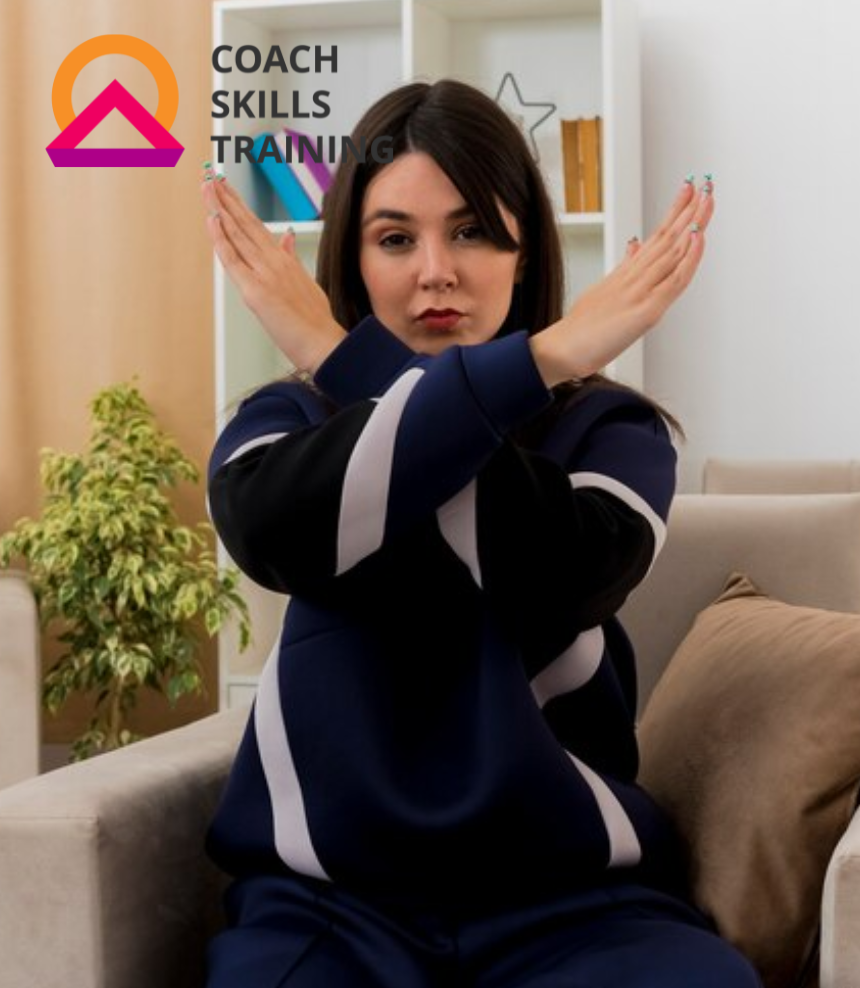

The coaching industry had a market value of $4.56 billion in 2023 and is estimated to reach $11.7 billion by 2032, making it one of the most in-demand careers of this time. While some people are naturally inclined and gifted at guiding others towards their success, many aspiring coaches put in significant time and effort to develop the necessary skills and knowledge.
Becoming a successful coach can feel extremely daunting at first, but, with a mix of tried-and-true techniques, practice, and a touch of intuition, it’s a challenge you can conquer.
Today, let’s talk about one of the most valuable frameworks available to coaches – The GROW Model – which is designed to make coaching sessions structured, impactful, and results-driven. This is your roadmap to meaningful conversations that lead to real change, whether you are a professional coach or a manager who wants to make a difference in your team, as a coach.
What is the GROW Model?
Developed in the 1980s by coaching pioneers Graham Alexander, Alan Fine, and Sir John Whitmore, the GROW model provides a clear and practical structure for coaching. It became widely popular after Sir Whitmore’s book, Coaching for Performance, introduced it to the world.
GROW stands for:
Goal: What do you want?
Reality: Where are you now?
Options: What can you do?
Will: What will you do?
To make it easy to understand, think of it as planning a trip:
The simplicity of this model is what makes it most accessible to beginners but at the same time, even seasoned coaches can use it due to the depth of its practice. The GROW model helps empower people to take ownership of their growth and achieve meaningful results. Let’s take a deep dive into what each step involves when it comes to coaching.
Step 1: Goal – What do you want?
Every journey starts with a singular destination in mind – this is your goal. The first step in the GROW model is to set a clear, achievable goal for the session. It is easy to lose track of the session without real progress if there is no set goal.
Here’s the secret sauce to a good goal – it needs to be SMART.
Specific
Measurable
Attainable
Realistic
Time-bound
You can use these goal-setting questions to guide the conversation:
By aligning on a clear goal, you and your client can stay focused and work toward a meaningful outcome.
Step 2: Reality – Where are you now?
Before you can move forward, you need to understand where you currently stand. This step is all about taking a clear-eyed look at the present situation.
In the second step, your goal is to help your client realize where they stand currently – what’s happening in their life, why they’re in this position, and what factors may be influencing their reality. This is also the right opportunity to identify patterns, habits, or beliefs that might be holding them back or be detrimental to their progress.
You could ask these questions to get a clear idea of your client’s reality:
Exploring reality helps raise self-awareness, often sparking those “aha” moments that lead to breakthroughs.
Step 3: Options – What can you do?
This will be the most fun part of this framework – brainstorming possibilities with your client, opening themselves for creativity and exploring all the potential ways forward. Encourage them to think broadly without any restrictions.
The options don’t always have to be brand-new or unique; sometimes slightly tweaking an existing strategy or reinforcing what’s already working can lead to great results.
However, make sure you stay flexible. Sometimes, as you explore options, new insights into the client’s reality may surface, requiring a bit of backtracking. Coaching isn’t always linear, and that’s okay!
Let’s explore a few questions, that can help in this phase:
This step is about empowering your client to see the possibilities and giving them the confidence to choose their path.
Step 4: Will – What will you do?
This is where things start to happen. Without putting things into action, all the brainstorming and planning in the previous steps won’t lead to change. The “Will” step ensures your client commits to specific actions that will move them closer to their goal.
In this step, your role is to guide them in identifying the first steps, anticipating potential roadblocks, and creating accountability. This is also where you challenge them to stay committed, even when things get tough.
You can ask your client the following questions to make sure they follow through:
Ultimately, the success of the coaching session depends on your client’s willingness to take action and your ability to inspire that commitment.
Making the GROW Model work for you (and your clients)
Keep in mind that while the GROW model is a tried-and-tested framework, it is not a rigid formula. Coaching is deeply personal, and every client’s journey is unique. That means you may spend more time on one step than another or revisit earlier steps as new insights emerge.
The key is flexibility. Trust your intuition and adapt the process to fit the needs of your client and the flow of the session.









